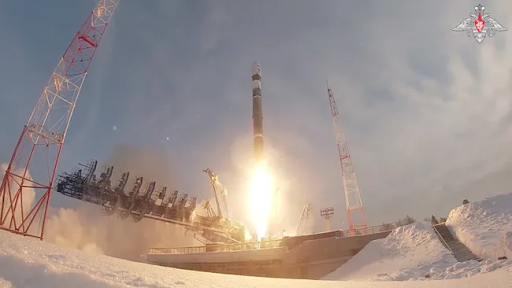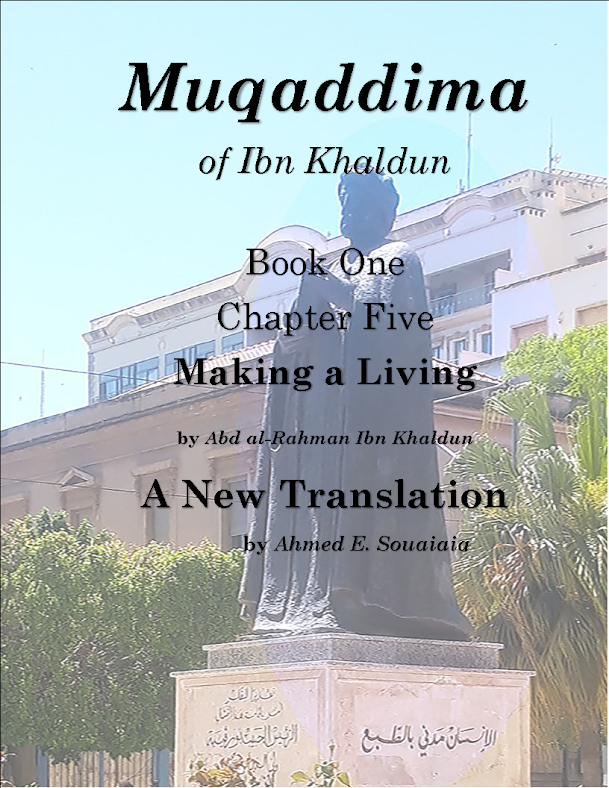
Russia’s Nuclear-Powered Missile Rewrites Global Security
When President Vladimir Putin announced that Russia’s Burevestnik had completed a 15-hour, 14,000-kilometer flight, the message was unmistakable: Moscow had achieved what others abandoned decades ago—a nuclear-powered cruise missile capable of circling the globe. By marrying compact nuclear propulsion with stealthy, low-altitude flight, Burevestnik promises endurance beyond any conventional weapon and an ability to bypass existing missile defenses.
The implications are stark. Strategically, Burevestnik upends the logic of mutual deterrence. Its unpredictable trajectories compress warning times and could destabilize crisis decision-making. Legally, the missile sits in a treaty gray zone, likely outside New START’s limits, potentially igniting a new arms race in exotic propulsion and sensor-evading systems. Environmentally, it revives long-dormant fears of nuclear contamination should a test or mission fail.
For Moscow, Burevestnik symbolizes technological defiance and ensures that no adversary can strike Russia without risking annihilation in return. For the rest of the world, it is a reminder that the nuclear age is far from over—and that deterrence is entering a more volatile, less predictable phase, where the line between deterrence and disaster grows dangerously thin.
Putin's recent statements on this matter:
Putin stated that the "Burevestnik" has unconditional advantages, Russia can be proud of the achievements of scientists
The nuclear power part of the "Burevestnik" is 1000 times smaller than the nuclear reactor of a nuclear submarine with comparable power, Putin said.
He added that the nuclear reactor installed in the missile starts within minutes and seconds.
The nuclear technologies used in the "Burevestnik" will be used in the lunar program, Putin stated.
In addition, according to him, Russia will be able to apply these technologies in the national economy.
...
Given the fact that this is a new development and no information is in the public domain, here is an analysis that might shed some light and insight.















































